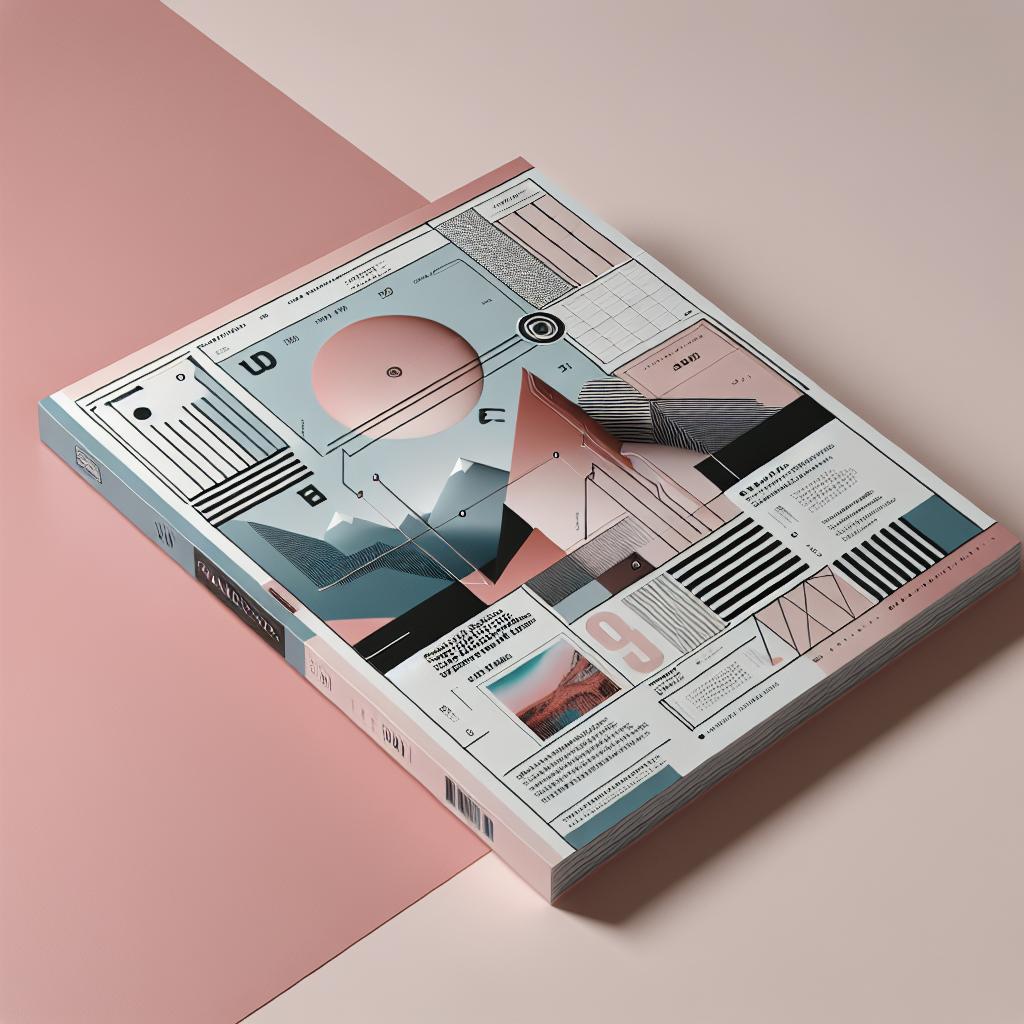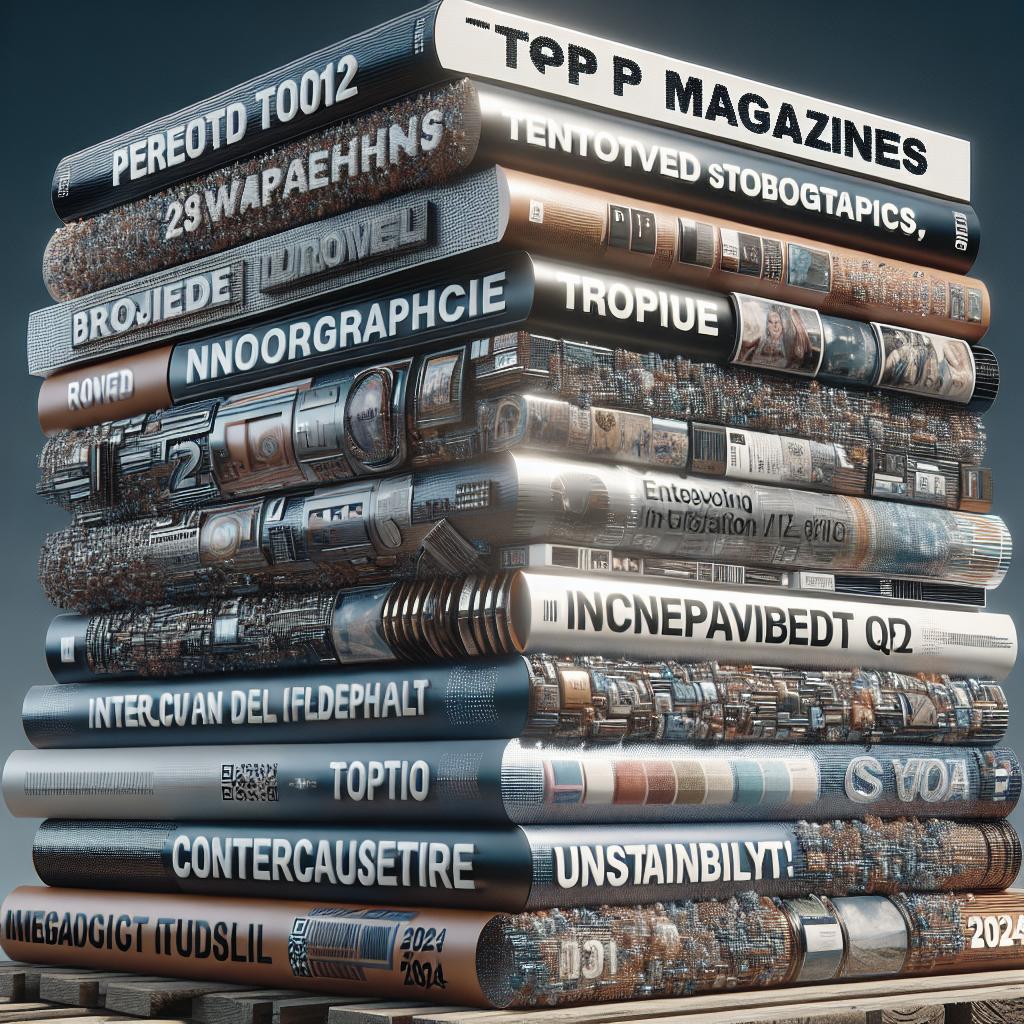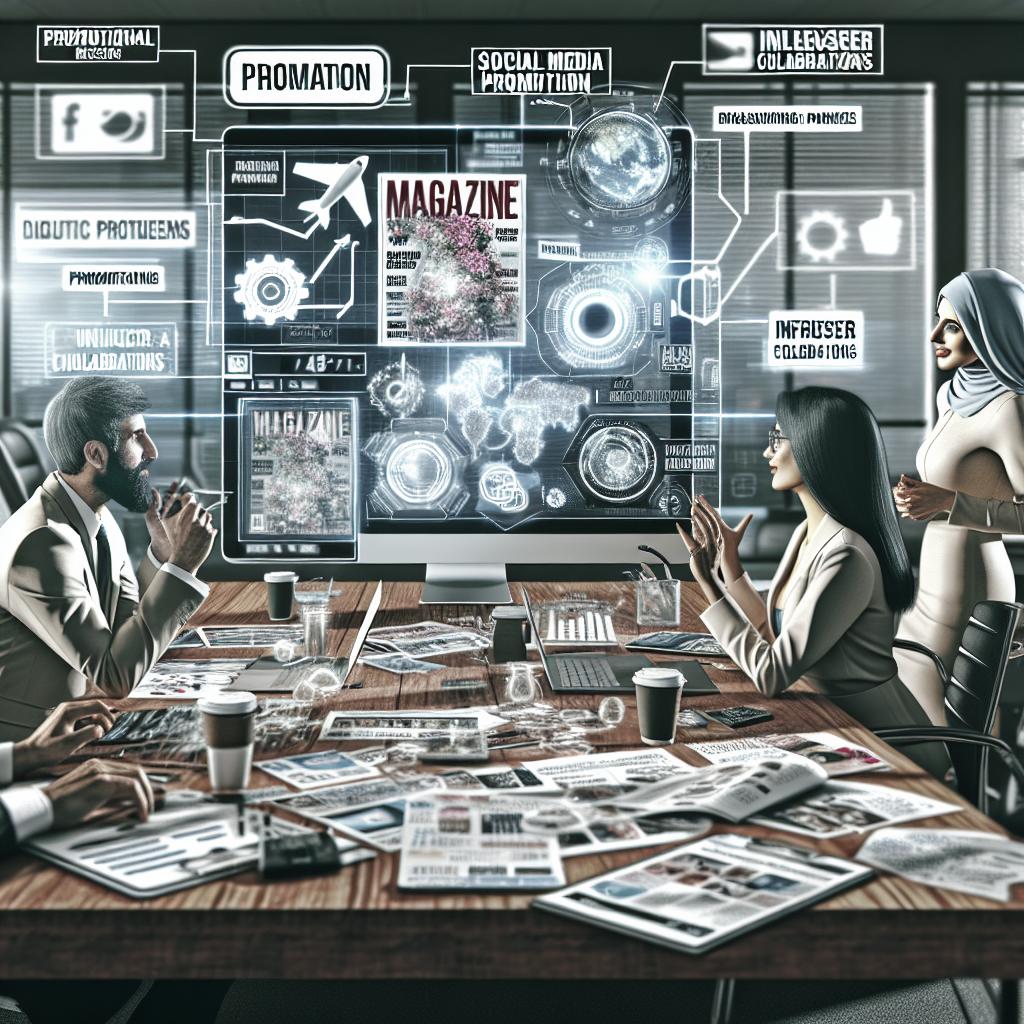In the vibrant world of magazine design, trends are ever-evolving, continuously reflecting societal shifts, cultural influences, and technological advancements. The latest design trends are all about experimentation, emotional connection, and striking a balance between aesthetics and functionality. Whether it’s the bold absence of text on covers or the sophisticated interplay between photography and handcrafted elements, today’s magazines are pushing the boundaries of creative expression. This blog post explores the top magazine design trends, presenting a detailed analysis of the most influential styles dominating the industry. With insights on typeless covers and the ongoing minimalism trend, along with the backsliding hand-crafted photography combination, this piece offers a comprehensive overview of the latest in magazine design.
1. Covers Go Typeless
The modern magazine cover has taken a bold turn by embracing a minimalist approach with typeless designs. This trend, striking in its simplicity, focuses entirely on imagery to capture the reader’s attention. By removing text from the cover, designers are making a powerful statement, allowing the visuals to stand alone and speak volumes. It’s all about creating a sense of intrigue and inviting readers to delve deeper into the content. This trend is particularly effective in a digital age where visual content reigns supreme. With social media platforms prioritizing image-first posts, magazines have adapted by offering covers that are easily shareable and immediately eye-catching. By stripping away text, these covers also stand out in a crowded market, offering a refreshing break from the typical clutter of headlines and subheadings. Moreover, typeless covers push the boundaries of creativity, encouraging designers to think outside the box. The necessity to communicate a message without words promotes a higher level of artistry and innovation. By relying solely on imagery, magazines are not just presenting content; they are creating a visual experience that resonates on a deeper, more emotional level with their audience.
2. From Ultra Minimalism to … Minimalism
While ultra minimalism has been a hallmark in recent years, there is a noticeable shift towards a more balanced form of minimalism. This trend isn’t about reducing elements to their most basic form but rather about finding a sophisticated simplicity that is both functional and aesthetically pleasing. This new wave of minimalism emphasizes clean lines, ample white space, and thoughtful design elements that create a serene reading experience. The migration from ultra minimalism to a more approachable minimalism can be seen in the subtle use of color, strategic typography, and the careful curation of content. Designers are modernizing minimalism by integrating soft pastels, elegant fonts, and strategic imagery to maintain a clean look while adding a touch of warmth and personality. The focus is on creating a balanced layout that is both visually appealing and easy to navigate. This nuanced approach to minimalism also aligns with the growing trend of mindfulness and simplicity in lifestyle choices. Readers are increasingly drawn to designs that offer clarity and calm amidst the chaos of daily life. By adopting this trend, magazines can provide a refreshing escape, offering content that is not only informative but also visually soothing and engaging.
3. Photography Meets Hand-Crafted Elements
The fusion of photography with hand-crafted elements represents a nostalgic yet contemporary trend in magazine design. This style harkens back to a time when publications were created with a hand-on approach, incorporating illustrations, hand-written notes, and textured materials, imbuing each edition with a sense of personality and authenticity. This trend revitalizes that traditional craftsmanship by blending it with modern photographic techniques. By integrating handcrafted elements into photographic spreads, designers add depth and dynamism to their layouts. This can include hand-drawn doodles, layered textures, or mixed media collages. The juxtaposition of sharp, high-definition photography with rustic, hand-crafted details creates a visually captivating aesthetic that draws readers in and keeps them engaged. It’s a perfect marriage of old and new, offering a refreshing change from the slick perfection of purely digital designs. Furthermore, this trend caters to an audience that values authenticity and individuality. In a world saturated with digital content, incorporating hand-crafted elements speaks to a longing for the tangible and the personal. It’s a design approach that celebrates imperfection and the human touch, appealing to readers on an emotional level and creating a deeper sense of connection to the content.
Backsliding Trend:
While the general trend is towards innovation and pushing creative boundaries, some magazines are revisiting older design styles that exude a sense of nostalgia. This backsliding trend is somewhat a reactionary stance against the rapid pace of change in the design world, as it seeks comfort in the familiarity of past design aesthetics. Magazines tapping into this trend often adopt retro-inspired typography, classic grid layouts, and vintage color palettes. These elements evoke a sense of timelessness and reliability, appealing particularly to audiences who appreciate the elegance and simplicity of yesteryear. It’s about finding a balance between classic charm and contemporary relevance, a combination that can appeal to both loyal long-time readers and new audiences alike. However, backsliding doesn’t mean stagnation. The key to successfully pulling off this trend is to blend nostalgic elements with modern touches, ensuring that the design feels fresh rather than outdated. This involves experimenting with retro styles while integrating advancements in design technology and contemporary content strategies, creating a unique visual language that honors the past while embracing the future.
Next Steps:
| Design Trend | Key Attributes | Reader Appeal |
|---|---|---|
| Covers Go Typeless | Imagery-focused, minimal text, attention-grabbing. | Simplicity, visual intrigue, modern aesthetics. |
| From Ultra Minimalism to … Minimalism | Clean lines, ample white space, soft pastels, elegant typography. | Clarity, calm, functional and aesthetically pleasing. |
| Photography Meets Hand-Crafted Elements | Fusion of sharp photography with hand-drawn details, mixed media. | Authenticity, nostalgia, dynamic visuals. |
| Backsliding Trend | Retro-inspired typography, classic grids, vintage colors. | Timelessness, reliability, balance between old and new. |


